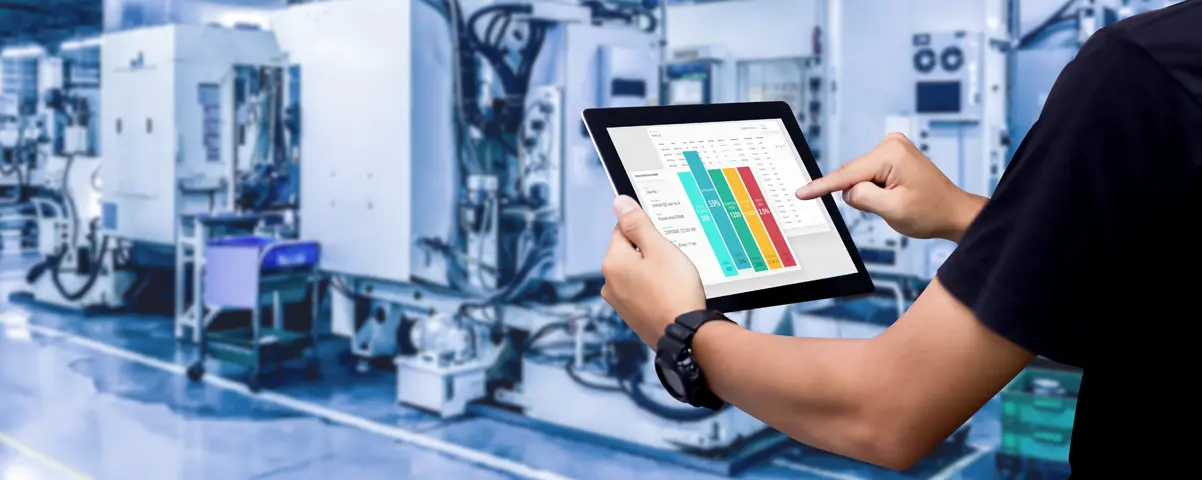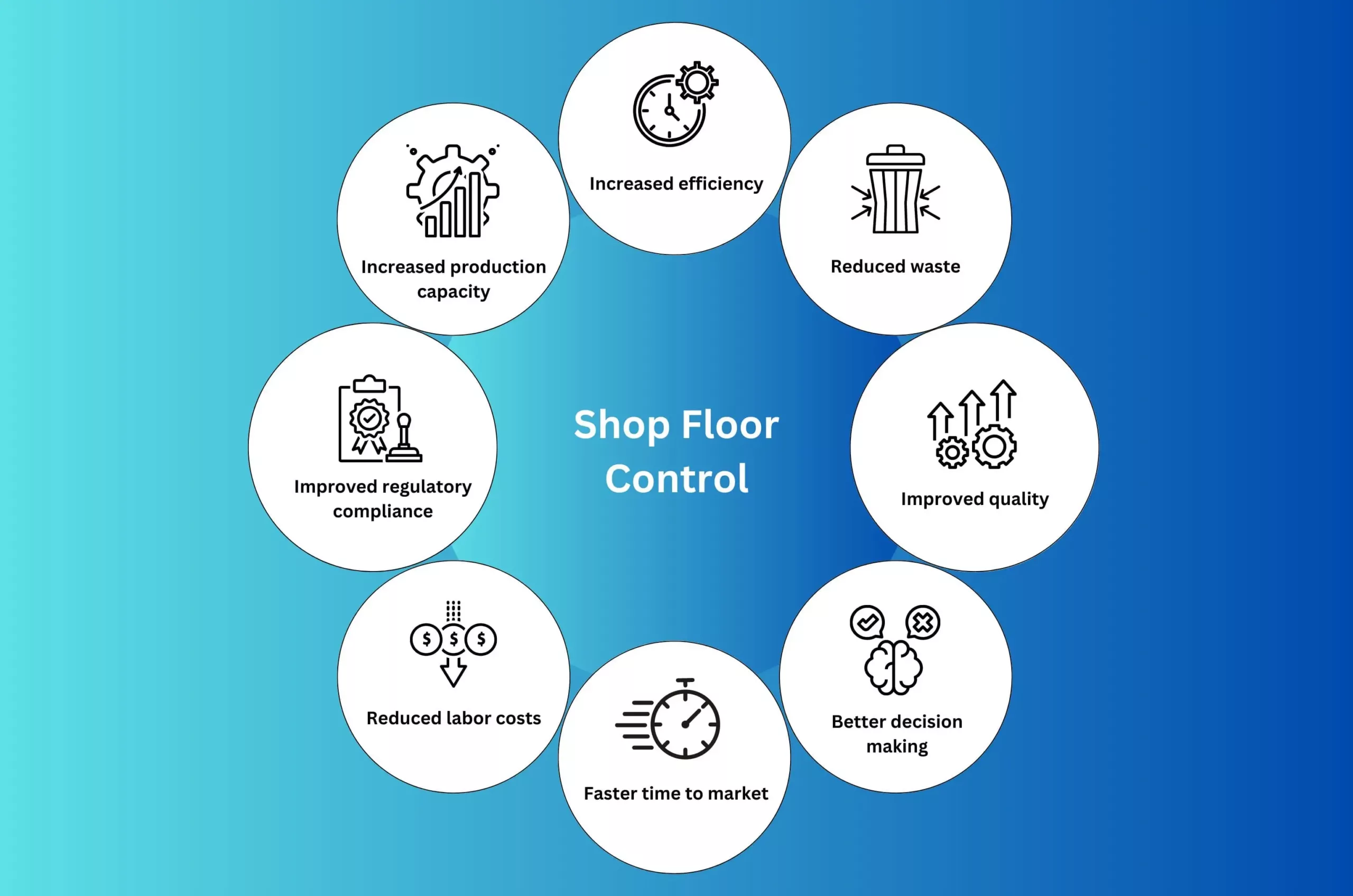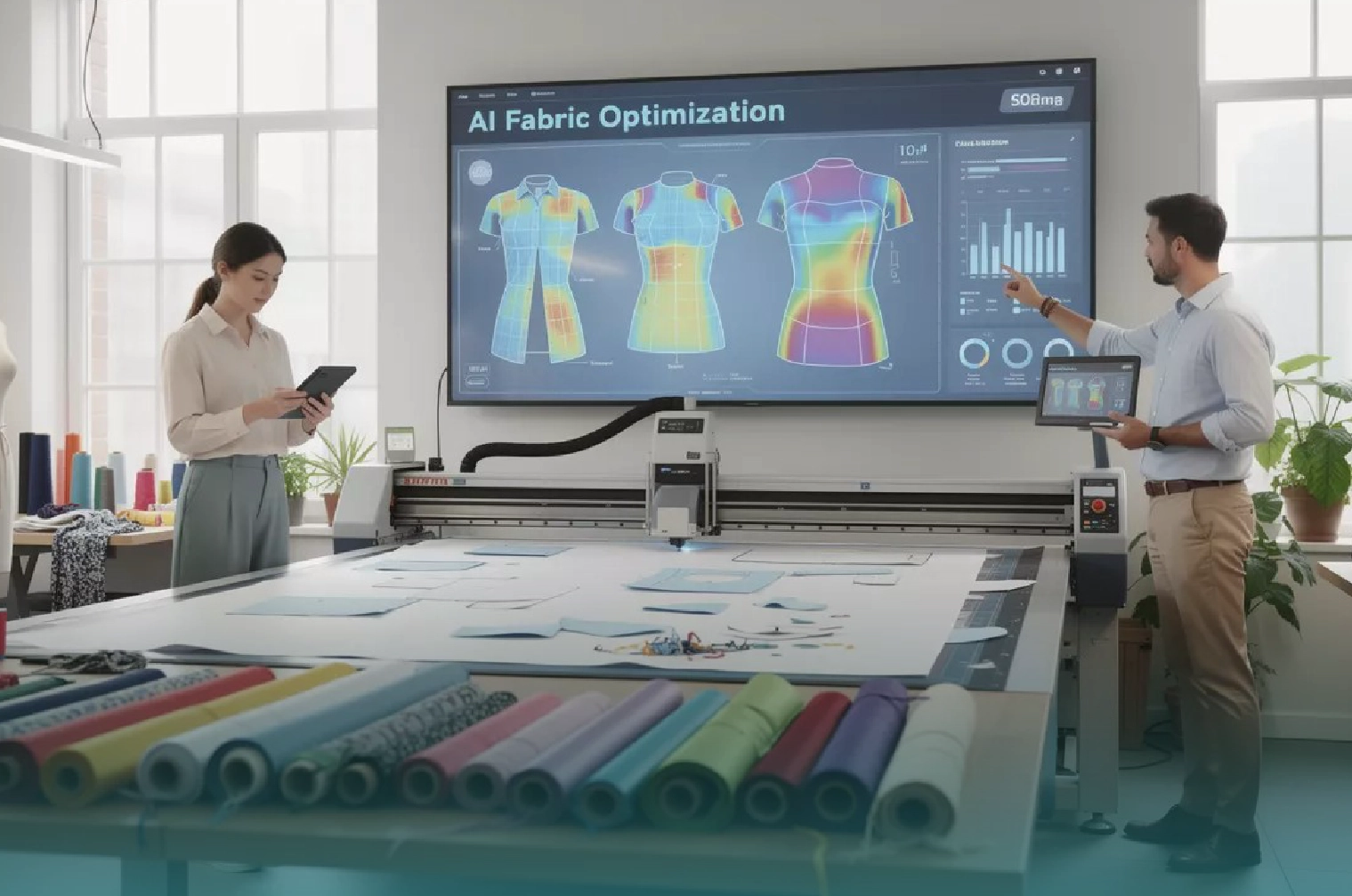Every manufacturing business today knows that that time is money. Every second counts, and every process needs to be optimized for maximum efficiency. This is where Shop Floor Control (SFC) comes in – it’s a crucial tool that helps manufacturers streamline their operations to achieve better ROI.
SFC is the process of managing and controlling the production floor. It involves everything from scheduling production runs and managing inventory to monitoring machines and ensuring quality control. With SFC, factories can gain real-time visibility into their operations, identify inefficiencies, and make data-driven decisions to make their processes more efficient.
In fact, studies show that companies that implement shop floor control can see up to a 30% increase in productivity and up to a 15% reduction in lead times.
But SFC is not a one-size-fits-all solution. There are different phases of SFC, and different systems and technologies that can be used to implement it. It’s important for factory owners to understand their unique needs and goals to choose the right approach.
So, whether you’re a small business or a large enterprise, SFC is a powerful tool that can help you stay competitive in the ever-changing manufacturing landscape. In the following sections, we’ll explore what SFC is, how it can drive ROI, the three phases of SFC, and some examples of popular SFC systems.








































